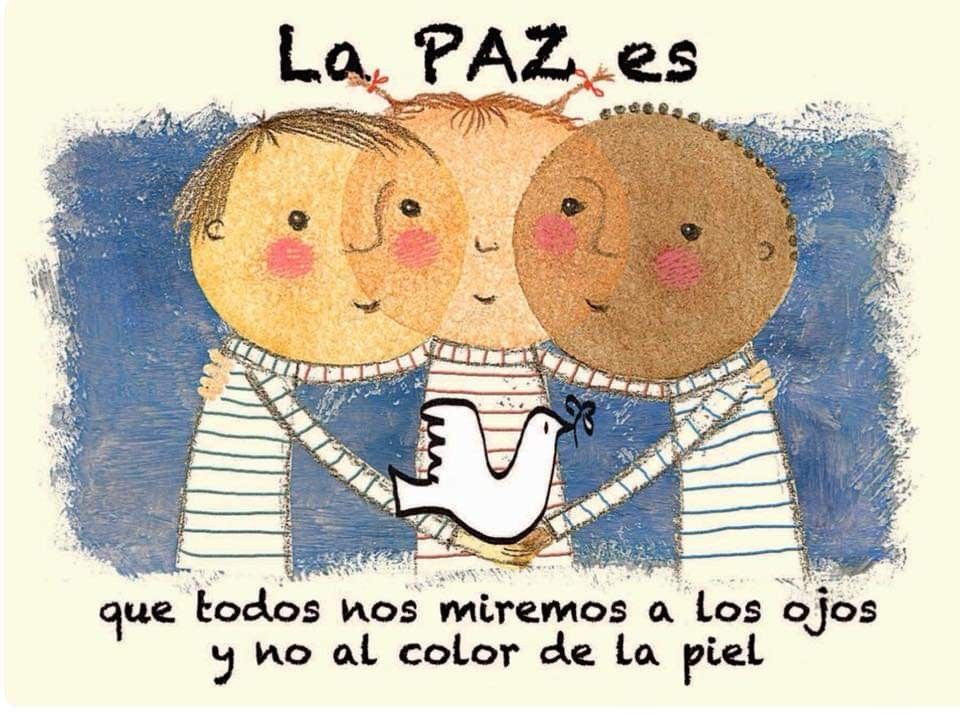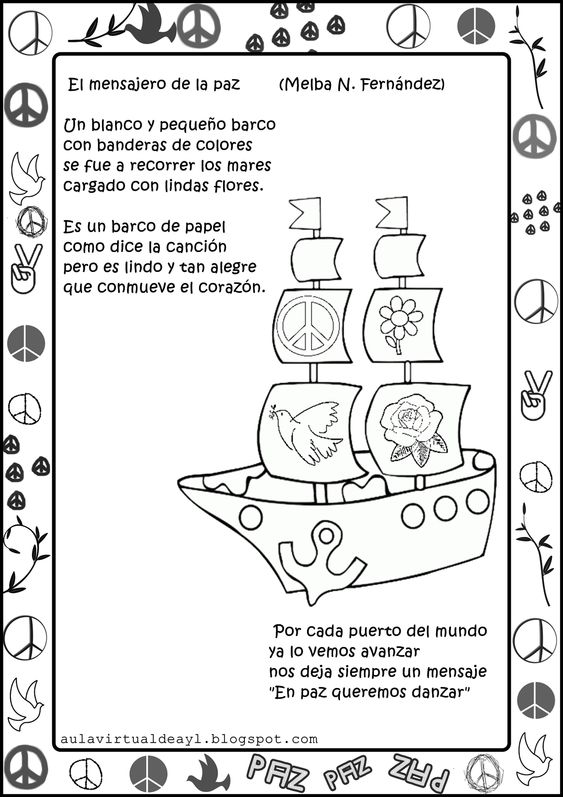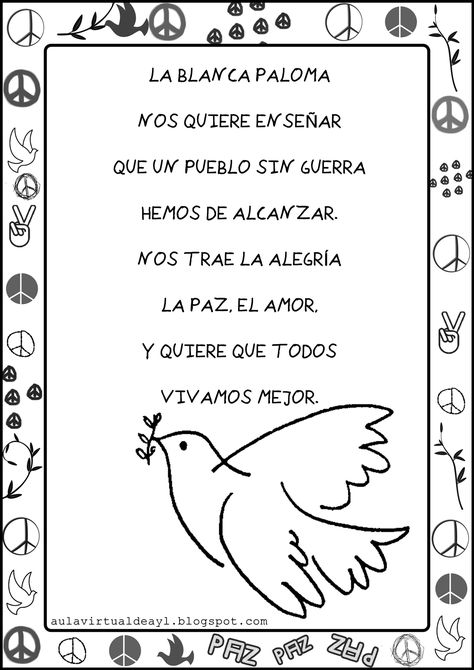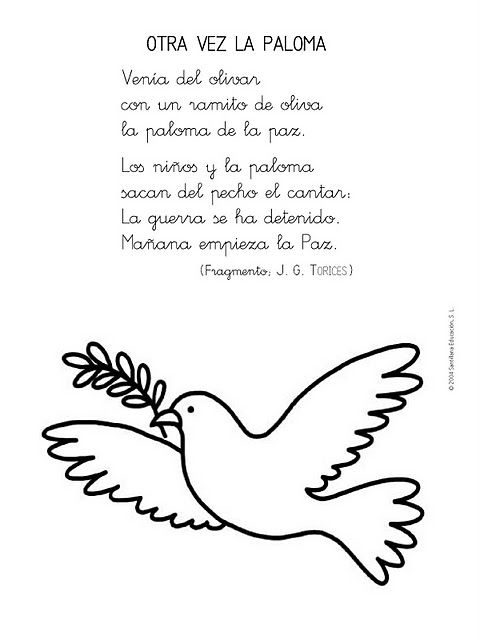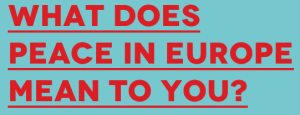Following on from yesterday’s post, another poem from my new book Los Mejores Versos de Gloria Fuertes.
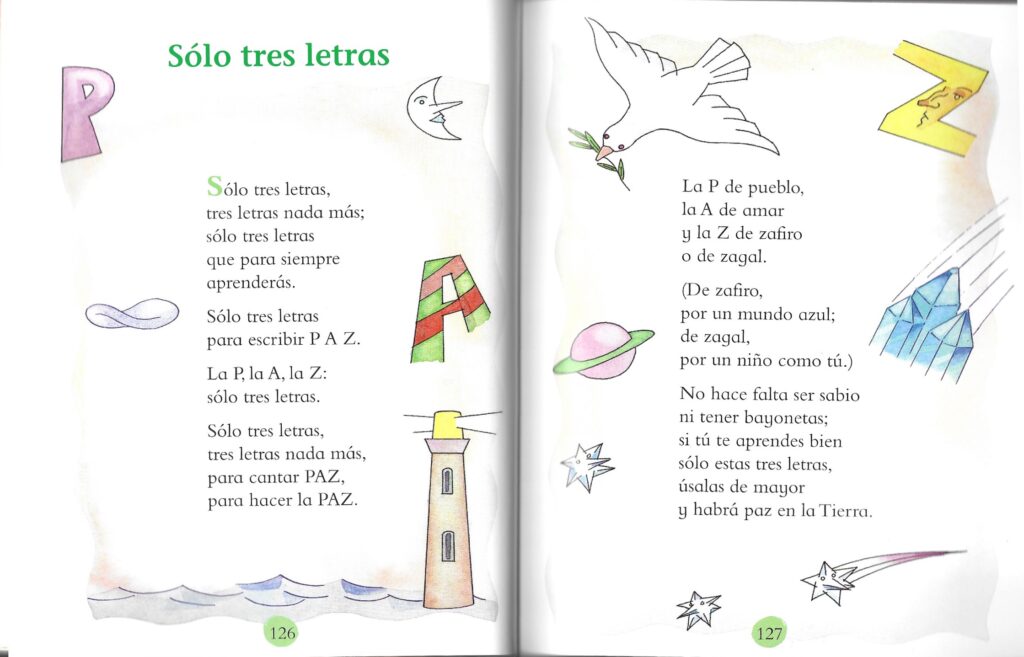
I was drawn to this one firstly by the brevity and then for the repetition, both things that work well for younger learners!
I also like the theme – peace. Whilst it’s not International Day of Peace until September 21st I don’t think you need a special day to celebrate these things!
If you wanted to use this poem in class, you could ask children to consider their own PAZ poem – what words would they choose for each letter? Perhaps three verbs like pensar, actuar, zanjar conflicto (think, act and resolve conflict) or nouns likes paciencia, acción y un zapatazo a la guerra (patience, action and a kick to war) As you can see, z is a tricky letter so you might want to allow words that contain a Z and write it as an acrostic. For example, you could have:
Paciencia
communidAd
esperanZa
Alternatively you could challenge children with another word like AMOR or VIDA, or even their own name, choosing words in Spanish that apply to them.
I might write
Libros
Idiomas
Sol
Amistad
I collected some resources for Día de la Paz on Pinterest including the following images that might go well with this poem or could equally be used alone.
And of course there’s this famous song Que canten los niños:
How might you use the poem? Do share your ideas in the comments!
An approximate translation:
Just three letters
Three letters, nothing more.
Just three letters
That forever you will learn.
Just three letters to write PAZ (peace).
The P, the A, the Z; just three letters.
Just three letters,
Three letters, nothing more:
To sing peace,
To make peace.
The P of pueblo (the people)
The A of amar (love)
and the Z of zafiro (sapphire) or zagal (young boy)
‘zafiro’ for the blue world; ‘zagal’ for a child like you.
You don’t have to be wise or need bayonets,
If you only learn these three letters well;
Use them when you’re older and there’ll be peace in the world.


